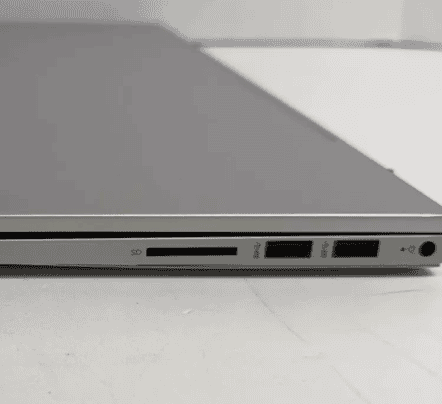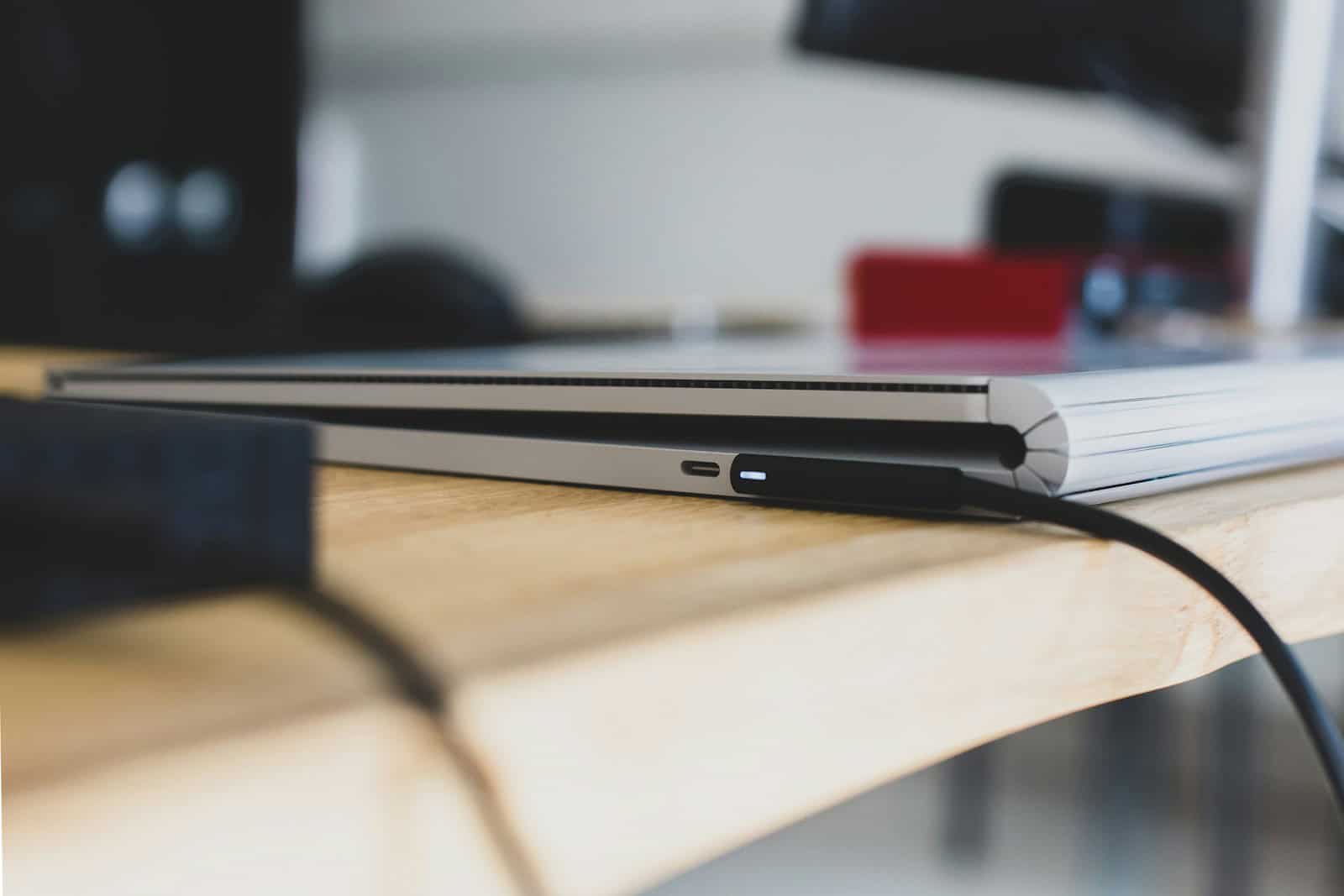Laptop batteries are important for using laptops on the go, but they don’t last forever. Most laptop batteries last between 300 and 500 charge cycles, which is about 1.5 to 3 years of regular use. Several things can cause batteries to wear out, including how many times you charge them, the temperature they run at, and how you charge them. Keeping a laptop plugged in all the time after it’s fully charged can make the battery wear out faster. High temperatures can also damage the battery’s capacity.
You can help your battery last longer by avoiding extreme temperatures, regularly discharging it partially, and using power management settings to save energy. When the battery wears out, you will need to replace it. The cost of a new battery can vary depending on your laptop model, but getting a new battery can make your laptop easier to carry and use.
Troubleshooting Laptop Charging Issues

Check the Basics First
Before you worry about complex problems, check the easy stuff. Make sure the power cord is firmly in the wall and your laptop. Look at the power brick (the box on the cord). Is the cord snug there too? Try a different wall plug. Sometimes the problem is the outlet, not your laptop. If you use a power strip, plug directly into the wall to test it. Use the charger that came with your laptop. Other chargers may not work right. Check the port on your laptop. Some laptops have different USB-C ports. Only some charge the battery. Look for a lightning bolt symbol next to the charging port.
Simple Fixes and Checks
Try restarting your laptop. This can fix small software problems that stop charging. If your laptop feels hot, turn it off. Let it cool down before you try to charge it again. Overheating can stop charging. Look at the charging cable. Are there cuts or exposed wires? If you have another cable that fits, try it. Look inside the charging port on your laptop. Is there dust or dirt? Use compressed air or a soft brush to clean it. If your laptop lets you take out the battery, try that. Take it out, wait a bit, and put it back in.
Software and Settings
Outdated or broken battery drivers can cause charging issues. Here’s how to check on a Windows computer:
- Search for “Device Manager” in Windows.
- Click on “Batteries”.
- Right-click on “Microsoft ACPI-Compliant Control Method Battery”.
- Choose “Update driver”.
- If that does not work, uninstall the driver and restart your laptop. Windows will reinstall it.
Check your power settings on Windows:
- Search for “Power Options”.
- Click “Change plan settings”.
- Click “Change advanced power settings”.
- Look for battery or power settings. Make sure they don’t stop charging.
In rare cases, you might need to update your laptop’s BIOS. This is advanced, so be careful. Go to your laptop maker’s website for instructions.
When to Get Help
If you have tried everything and your laptop still does not charge, you likely need a repair. Contact the company that made your laptop or take it to a computer repair shop.
Battery Health and Replacement
Laptop batteries do not last forever. They hold less charge over time. If your battery is very old (three or more years), it might be time for a new one. This table shows typical battery life and signs you might need a new battery:
| Battery Age | Typical Condition | Signs of Battery Problems |
|---|---|---|
| Less than 1 year | Good | Few problems |
| 1-3 years | Moderate wear | Shorter battery life, may need charging more often |
| 3+ years | Significant wear | Holds very little charge, may not charge at all |
Power Adapters and Their Importance
Using the proper power adapter is crucial for optimal laptop performance and battery health. Each laptop model is designed to work with a specific power input, measured in watts (W). The power adapter converts AC power from the wall outlet into DC power that your laptop can use. Using an adapter with insufficient wattage can result in slow charging, inability to charge while the laptop is in use, or even damage to the battery or internal components. Conversely, using an adapter with excessively high wattage, while generally less harmful, offers no additional benefit and is unnecessary. Check the original adapter that came with your laptop for the correct wattage. This information is usually printed on a label on the adapter itself. When replacing a lost or damaged adapter, always choose a genuine or reputable third-party adapter that matches the original specifications.
Battery care is also important. Avoid keeping your laptop plugged in all the time once it’s fully charged. This can reduce the battery’s lifespan. Try to let the battery discharge somewhat regularly. Extreme temperatures are bad for batteries, too. Don’t leave your laptop in a hot car or in direct sunlight.
Laptop Charging Troubleshooting
Laptop charging problems can stem from various sources. The charging port may be faulty or dirty. A worn power cord could prevent power flow. The AC adapter might be incompatible or damaged. Battery drivers could need updating. Users should check connections, test alternate chargers, and inspect hardware for visible damage. Software solutions include updating drivers, adjusting power settings, and running troubleshooters.







